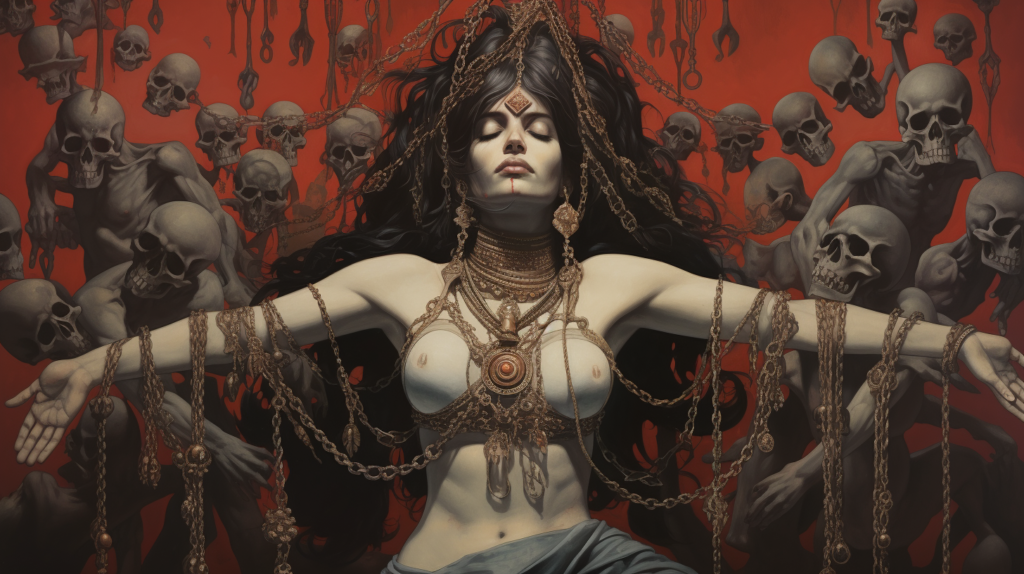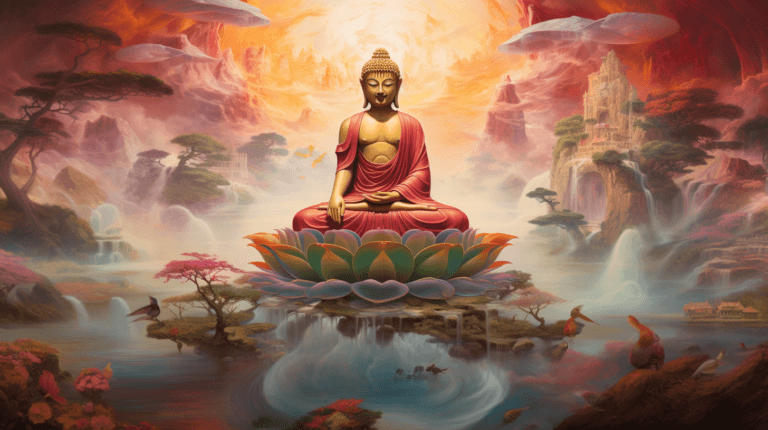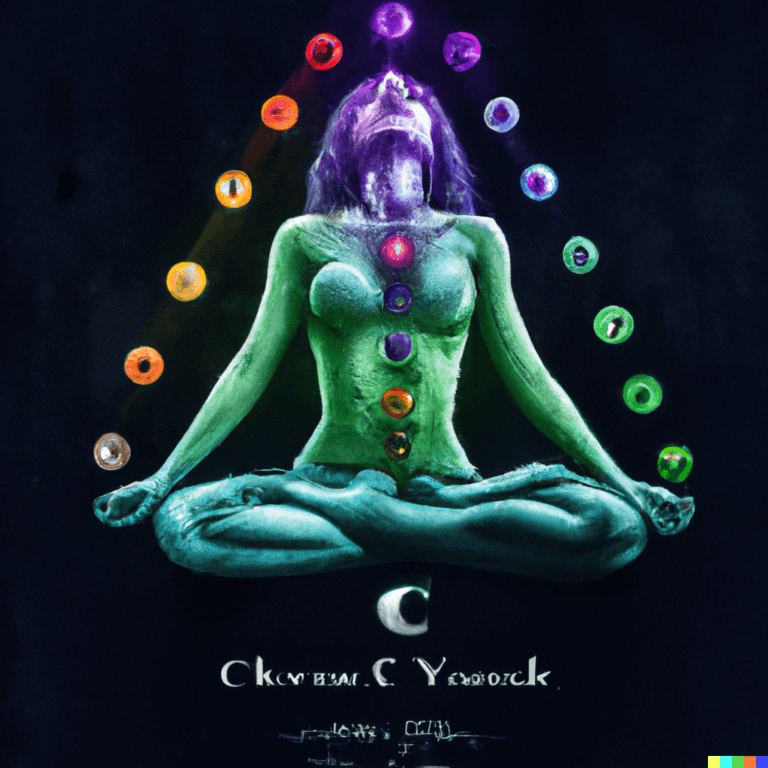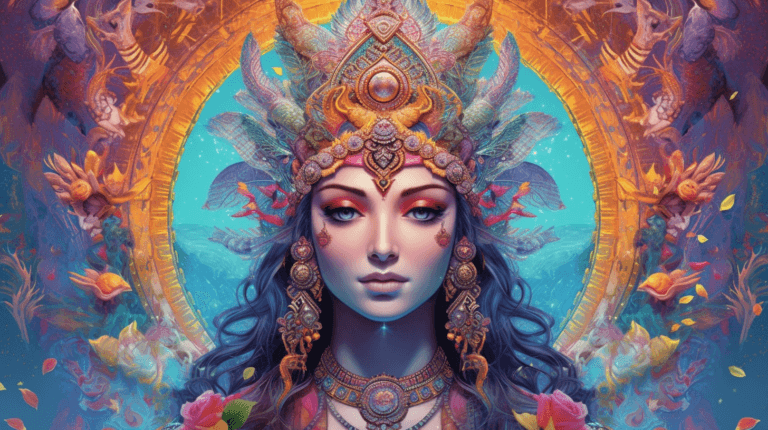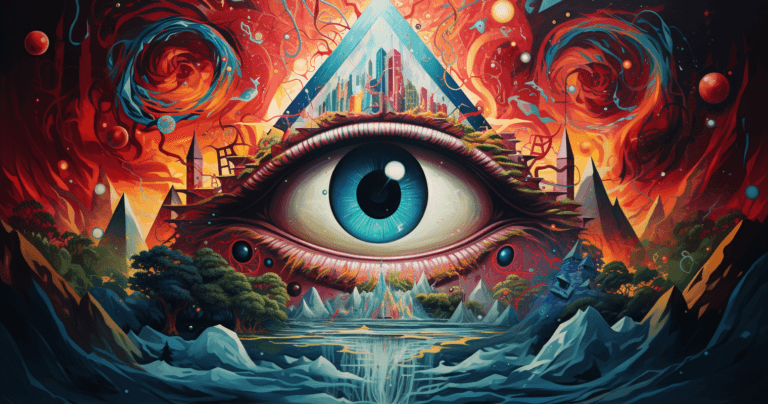Unveiling the Divine Feminine: A Comparative Analysis of Hindu Goddesses Shakti, Durga, and Kali
Introduction:
Hinduism, with its rich tapestry of deities, presents a pantheon of gods and goddesses representing different aspects of the divine. Among these divine entities, the goddesses Shakti, Durga, and Kali stand out as prominent embodiments of feminine power and cosmic energy. Each goddess holds a distinct position and symbolism within Hindu mythology and worship. In this article, we will delve into the characteristics, symbolism, and significance of these three goddesses, highlighting both their individual attributes and the interconnections between them.
Shakti: The Primordial Energy:
Shakti, often referred to as Devi or the Divine Mother, is the supreme cosmic power from which the entire universe emanates. She is the embodiment of feminine energy, the source of creation and dissolution. Shakti is considered the ultimate force underlying all gods and goddesses. Her presence manifests in numerous forms, such as Parvati, Lakshmi, and Saraswati, each representing different facets of her power. Shakti represents the nurturing, creative, and sustaining aspects of the divine feminine, symbolizing fertility, compassion, and motherhood.
Durga: The Invincible Goddess:
Durga, derived from the Sanskrit word “durg,” meaning fort or stronghold, represents the invincible aspect of femininity. She is depicted as a fierce warrior goddess, equipped with multiple arms, riding a lion or tiger. Durga is known for her victory over the buffalo demon Mahishasura, symbolizing the triumph of good over evil. She exemplifies courage, determination, and protection, and devotees worship her to seek strength and liberation from obstacles. Durga is celebrated during the festival of Navaratri, where her nine forms are revered and worshipped.
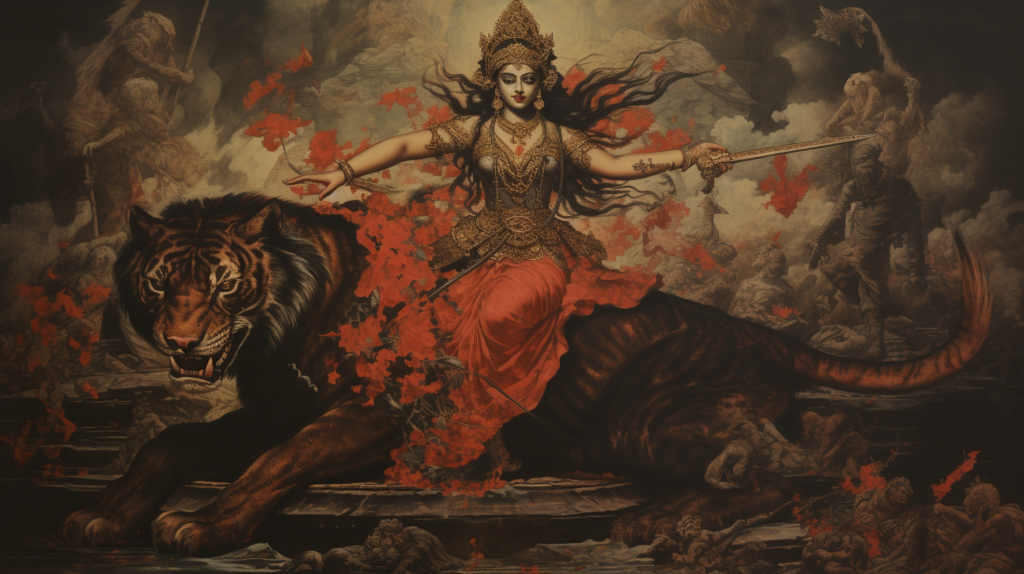
Kali: The Dark Goddess:
Kali, also known as Mahakali, is a formidable and fierce form of the divine feminine. With her dark complexion, wild hair, and a garland of skulls, Kali represents destruction, time, and transformation. She is often depicted standing over the lifeless body of Shiva, representing the transcendence of time and the eternal cycle of birth and death. Kali is a symbol of the raw power of feminine energy, breaking down illusions and attachments to lead individuals towards spiritual awakening. Her devotees seek her blessings to overcome ignorance, ego, and negative forces.

Comparison Chart: Shakti, Durga, & Kali
| Feature | Shakti | Durga | Kali |
|---|---|---|---|
| Name | The Universal Power | The Warrior Goddess | The Destroyer Goddess |
| Meaning | “Power” or “Energy” | “Inaccessible” or “Fortress” | “Time” or “Darkness” |
| Appearance | Often depicted as a woman with four arms | Often depicted as a woman with ten arms | Often depicted as a woman with four arms, black skin, and a lolling tongue |
| Weapons | The Trishula (trident), the Chakra (discus), the Gada (mace), and the Ankusa (hook) | The Trishula (trident), the Chakra (discus), the Ghanta (bell), the Lotus (padma), the Shankha (conch), and the Bow and Arrow | The sword, the noose, the skull cup, and the severed head of the demon Mahishasura |
| Symbolism | The creative force, fertility, and power | Strength, protection, and victory | Destruction, death, and time |
| Worship | Worshiped by Hindus all over the world | Worshiped especially in Bengal and Assam | Worshiped especially in West Bengal and Orissa |
| Festivals | Navaratri (festival of nine nights) | Durga Puja (festival of Durga) | Kali Puja (festival of Kali) |
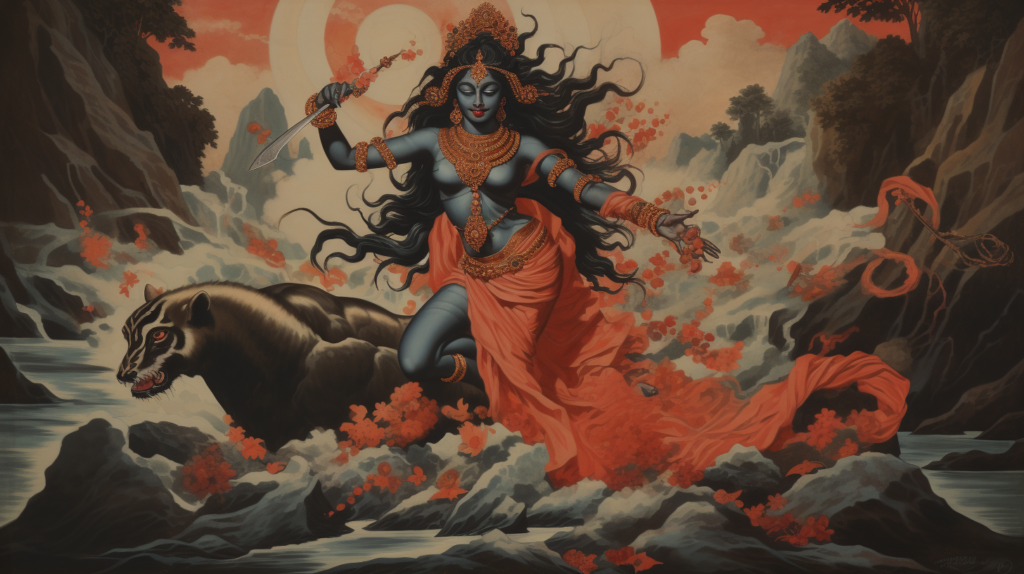
Interconnections and Common Themes:
Although Shakti, Durga, and Kali are distinct goddesses, they share common threads and interconnections. Shakti is the fundamental energy from which Durga and Kali derive their power. Durga represents the assertive and protective aspect of Shakti, while Kali embodies her destructive and transformative energies. Durga’s valor and Kali’s ferocity are both expressions of the fierce nature of feminine power. All three goddesses are worshipped to seek divine intervention, empowerment, and liberation from worldly attachments.
Conclusion:
The Hindu goddesses Shakti, Durga, and Kali represent different facets of the divine feminine, each with unique symbolism and significance. Shakti is the primordial energy that permeates the universe, while Durga exemplifies invincibility and protection, and Kali embodies destruction and transformation. These goddesses demonstrate the multifaceted nature of feminine power, emphasizing qualities such as compassion, strength, courage, and liberation. By exploring the stories and characteristics of these goddesses, devotees gain insights into the profound wisdom and spirituality embedded within Hindu mythology, ultimately inspiring them on their own spiritual journeys.
